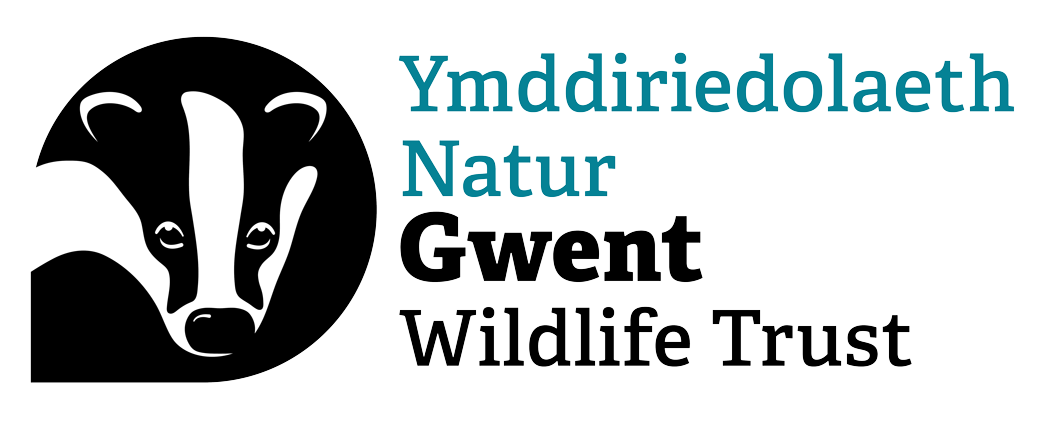Search
Chwilio
Common froghopper
In spring and summer, look out for 'cuckoo-spit' - the frothy mass of bubbles that appears on plant stems everywhere. This is actually the protective covering for the nymphs of the tiny…
My back-to-school
As a child growing up in Ghana, Patience never took an interest in what was going on in the garden. Now, she’s growing her own flowers and vegetables every week, both at the Centre for Wildlife…
Pryf copyn tŷ cawraidd
Mae’r pryf copyn tŷ cawraidd yn un o'n infertebrata cyflymaf ni, yn rhedeg hyd at hanner metr yr eiliad. Mae'r pryf copyn mawr, brown yma’n troelli gwe sy'n debyg i gynfasau ac yn…
Gwent Wildlife Trust's response to the State of Nature Report 2019
In response to the State of Nature report 2019 release, Gwent Wildlife Trust’s Acting Chief Executive Gemma Bodé said: “The State of Nature Report 2019 provides extensive evidence for what we,…
Monitoring the Pine Martens of Gwent
A few years on from the Pine Marten reintroduction in the Forest of Dean, Gwent Wildlife Trust has been working in partnership with Gloucestershire Wildlife Trust to set up a monitoring program to…
Three-spined stickleback
A diminutive but aggressive predator, the three-spined stickleback hunts tadpoles and small fish. It is also known for fiercely protecting its nest of eggs until they hatch. Look for it in ponds,…
Eel
The eel is famous for both its slippery nature and its mammoth migration from its freshwater home to the Sargasso Sea where it breeds. It has suffered dramatic declines and is a protected species…
Great crested newt
With its prominent, wavy crest, the great crested newt, also known as the 'warty newt', looks like a mini dinosaur! This protected species favours clean ponds during the breeding season…
Pentwyn Farm
Pentwyn Farm has survived virtually unchanged for centuries. One of the largest areas of flower-rich grassland remaining in Gwent, it provides an opportunity to see traditional hay meadows at…
